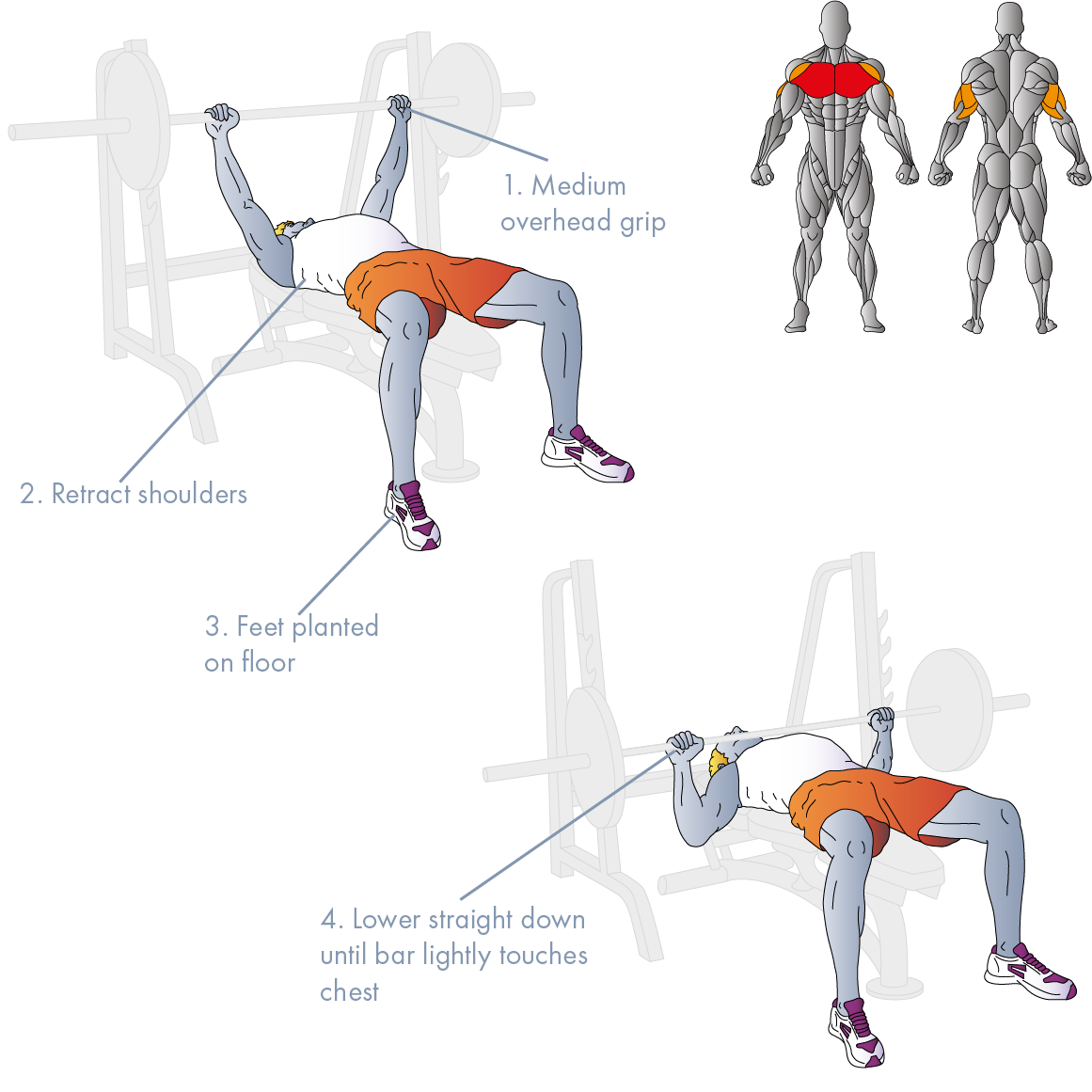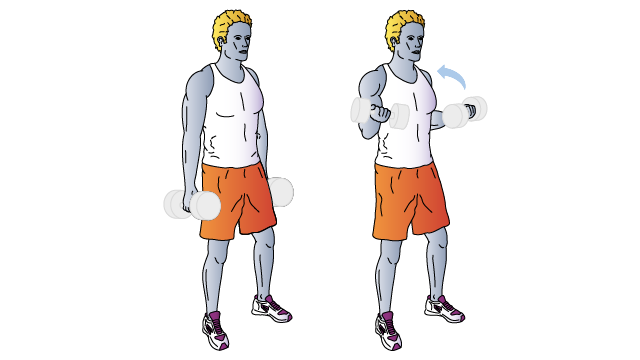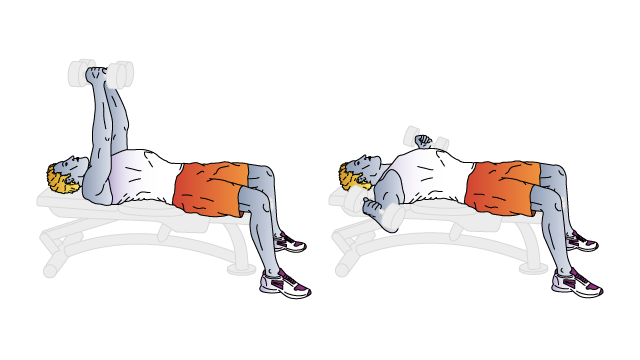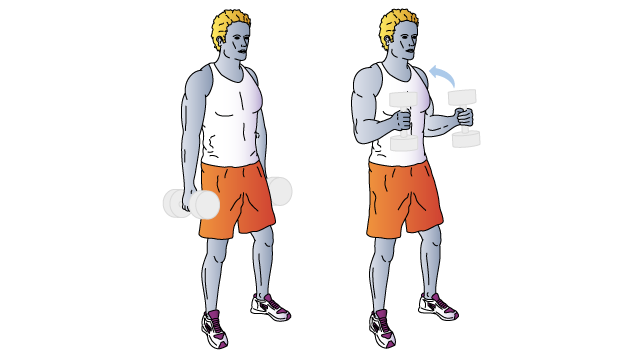Anterides use cookies to ensure you receive the best experience on this website. Find out more about cookies.
CHEST & BICEPS SINGLE-SETS

A great entry-level workout involving 6 moves that target your chest and biceps using different angles to ensure you hit as many muscle fibers as possible to promote growth.
BENCH PRESS

The Barbell Bench Press is considered a staple of any resistance training program since it is such an effective exercise for building a thick and powerful chest. Since you are lying flat on a bench this is a relatively stable exercise that can allow for a significant amount of weight to be used. Arguably, this fact, in particular, has made it such a popular exercise, but there is no doubt that it needs to be part of any routine that aims to build strength, size, and power in the chest, triceps, and shoulders.
Skill Level: Intermediate
Training: Strength
Type: Compound
Force: Push
Equipment: Flat Bench, Barbell
1° Muscles:: Pectorals
2° Muscles:: Triceps, Deltoids
SET-UP
- If adjustable, set the height of the rack and load an appropriate weight to the bar.
- Lie back on a flat bench face up.
- Grasp the barbell with a medium overhand (palms facing forward) grip so your hands are just wider than should-width apart.
- Unrack the bar so that you hold it above your chest with your arms fully extended, but avoid locking your elbows.
EXECUTION
- Inhale as you slowly lower the bar straight down toward the middle of your chest, until the bar lightly touches it.
- After a brief pause, exhale as you slowly raise the bar in a straight line back up to the start position.
- Repeat for the prescribed number of reps and sets.
- Place the bar back on the rack.
- Use a spotter; if one is not available, be realistic about the amount of weight used.
- Grip the bar with your thumbs wrapped around from the front - this is the only safe way to bench!
- Your grip should be slightly wider than shoulder-width; if it is too narrow your shoulders and triceps will become the prime movers.
- Avoid letting the bar drift forward; it should be lowered straight down to the middle of your chest and pushed straight back up.
- Keep your elbows tucked in close to your body as you lower the bar.
- At the top of the lift avoid locking your elbows as this will take the pressure off the target muscles making the exercise less effective.
- Do not bounce the bar off your chest; move it in a controlled fashion through the full range of motion down to your chest.
- Focus on using your chest muscles as you push the bar up, and at the top of the lift squeeze them.
- Whilst a certain degree of arching your back is fine, especially when using heavier weights, avoid hyperextending it to the extent where your hips start to rise off the bench. Both your shoulder blades and glutes should remain in contact with the bench throughout the entire exercise.
- The tempo of this exercise is important. It should be slow enough to force you to control the weight on the way down. Avoid letting the weight drop since your muscles will not work as hard on the negative (lowering) phase of the lift.
- Keep your feet firmly planted on the floor for stabilization.
- Some lifters do not move the bar all the way down and up because they are using very heavy weights. Whilst this technique is good for shocking muscles, a ‘general purpose’ approach should use a weight that allows for the full range of motion.
- If you initially find the standard Barbell Bench Press on a flat bench too challenging, try performing it on a decline bench. This regresses the exercises because the decline angle reduces the distance you need to lift the weight.
- Incline Bench Press
- Decline Bench Press
- Dumbbell Press
- Press Ups
- Dips/Weighted Dips









